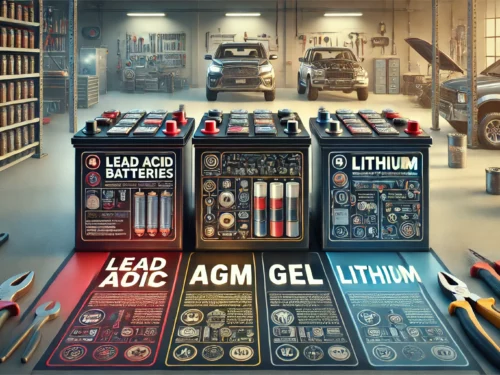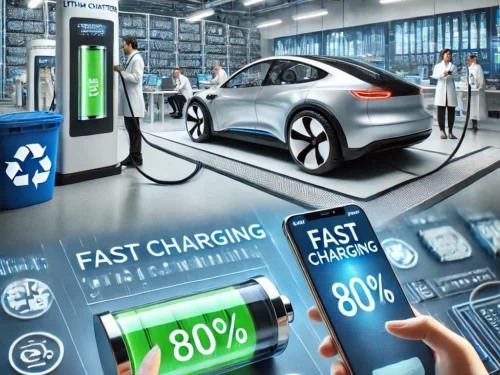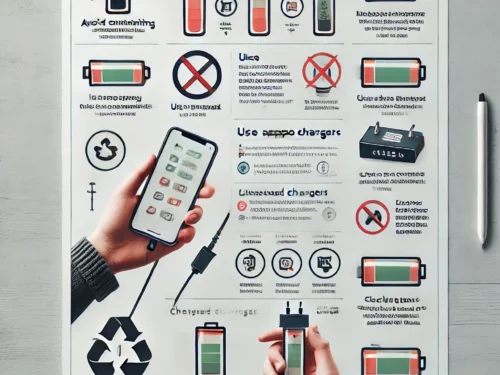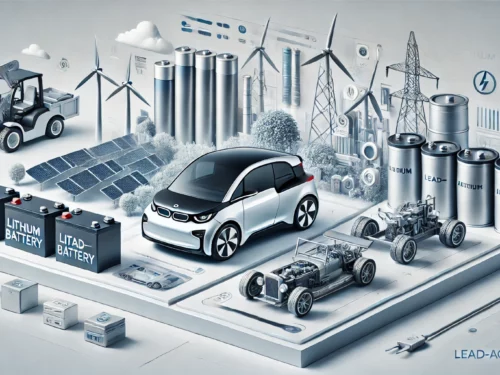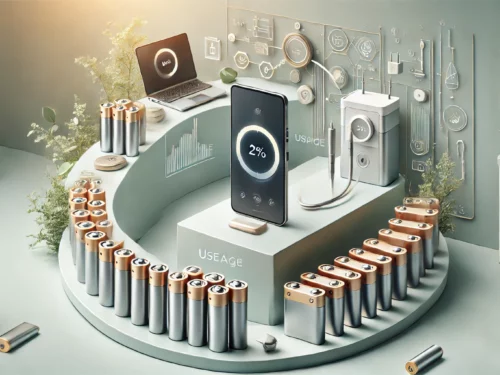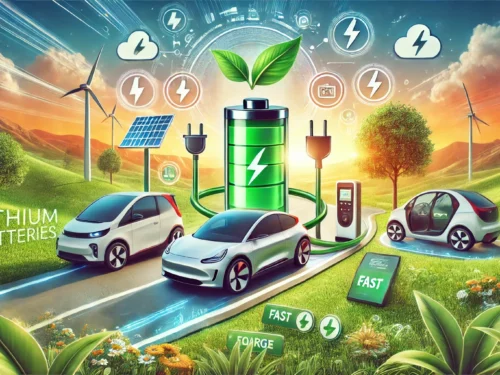
You’ve invested in solar. You’ve chosen lithium batteries. Smart move.
Now don’t screw it up.
Lithium batteries are powerful, efficient, and—let’s be honest—not cheap. Treat them right, and they’ll serve you for years. Treat them wrong, and you might as well be throwing money into the sun.
Here are 10 mistakes you want to avoid at all costs.
1. Ignoring Battery Management Systems (BMS)
Skipping a BMS is like driving a Tesla with no dashboard. You won’t know what’s going on until it’s too late.
A Battery Management System monitors temperature, voltage, charge levels, and protects your lithium battery from overcharging or overheating. Think of it as the brain behind the power.
Without one, you’re flying blind—and lithium doesn’t forgive recklessness.
2. Mixing Old and New Batteries
You wouldn’t wear one new sneaker and one from 2012. Don’t do it with batteries either.
Mixing old lithium cells with new ones causes imbalance. Older batteries charge and discharge differently, forcing the newer ones to work harder. This leads to premature degradation.
Always match capacity, age, and type. Batteries are a team sport. Keep the squad tight.
3. Poor Ventilation
Just because lithium batteries don’t off-gas like lead-acid doesn’t mean you can stuff them into a hot cupboard and forget them.
They still produce heat, especially under load. Cramming them into unventilated boxes is asking for thermal issues.
Place them in a well-ventilated area. Cool lithium is happy lithium.
4. Overcharging (or Undercharging)
Overcharging is the fast lane to a ruined battery. Undercharging isn’t much better.
Don’t assume your inverter or solar charger has your back. Double-check voltage limits. Set your charge controller according to the manufacturer’s specs.
Too much or too little juice? Either way, you’re shortening your battery’s lifespan.
5. Using the Wrong Charger
This one’s like trying to fill a wine glass with a pressure washer.
Lithium batteries need chargers designed specifically for them. A standard charger might not recognise when to stop or how fast to feed current.
Wrong charger = wrong voltage = wrong results. Use the right tool.
6. Letting Them Fully Discharge
Lead-acid batteries could take the hit. Lithium? Not so forgiving.
Letting your battery voltage drop too low can trigger shut-off and even damage the internal cells permanently.
If you see 0%, act fast. If it’s been sitting at 0% for a while, say a prayer and hope it comes back. Better yet—don’t let it get there.
7. Installing in the Wrong Temperature Environment
“Lithium loves extremes,” said no one, ever.
High temperatures degrade cells. Freezing temps? That’s a no-go for charging. Charging below 0°C can cause lithium plating, which ruins the battery.
Keep it between 10°C and 30°C for best results. If you’re off-grid in the Alps or Malta’s scorching summer—insulate or ventilate accordingly.
8. Forgetting to Update Firmware
Yes, your battery system has firmware. Yes, it matters.
Manufacturers release updates to fix bugs, improve performance, and optimize charging algorithms.
Neglecting this is like refusing to update your phone because you don’t feel like it. Don’t be that person.
9. Using Incompatible Solar Equipment
If your solar inverter or controller isn’t built to work with lithium, you’re forcing a square peg into a round hole.
Lithium batteries charge differently from lead-acid. They need precision. Using a generic or incompatible system throws off the charging curve.
Match your equipment like you match your outfit: intentionally.
10. Not Reading the Manual (Seriously)
Every battery is a little different. Manufacturer specs vary.
That thick manual you tossed in the drawer? It probably has a section on optimal voltage ranges, charging cycles, and temperature limits.
Skip it, and you’ll miss the fine print that could save your investment. Boring? Maybe. Useful? Definitely.
As Benjamin Franklin once said, “An investment in knowledge always pays the best interest.”
Unless you ignore that knowledge and deep-cycle your lithium bank to an early grave.
Your batteries deserve better.
Respect the chemistry. Follow the rules. And for the love of solar—don’t be the guy who stores a €2,000 lithium battery under the kitchen sink next to the dog food.
You’re smarter than that.


